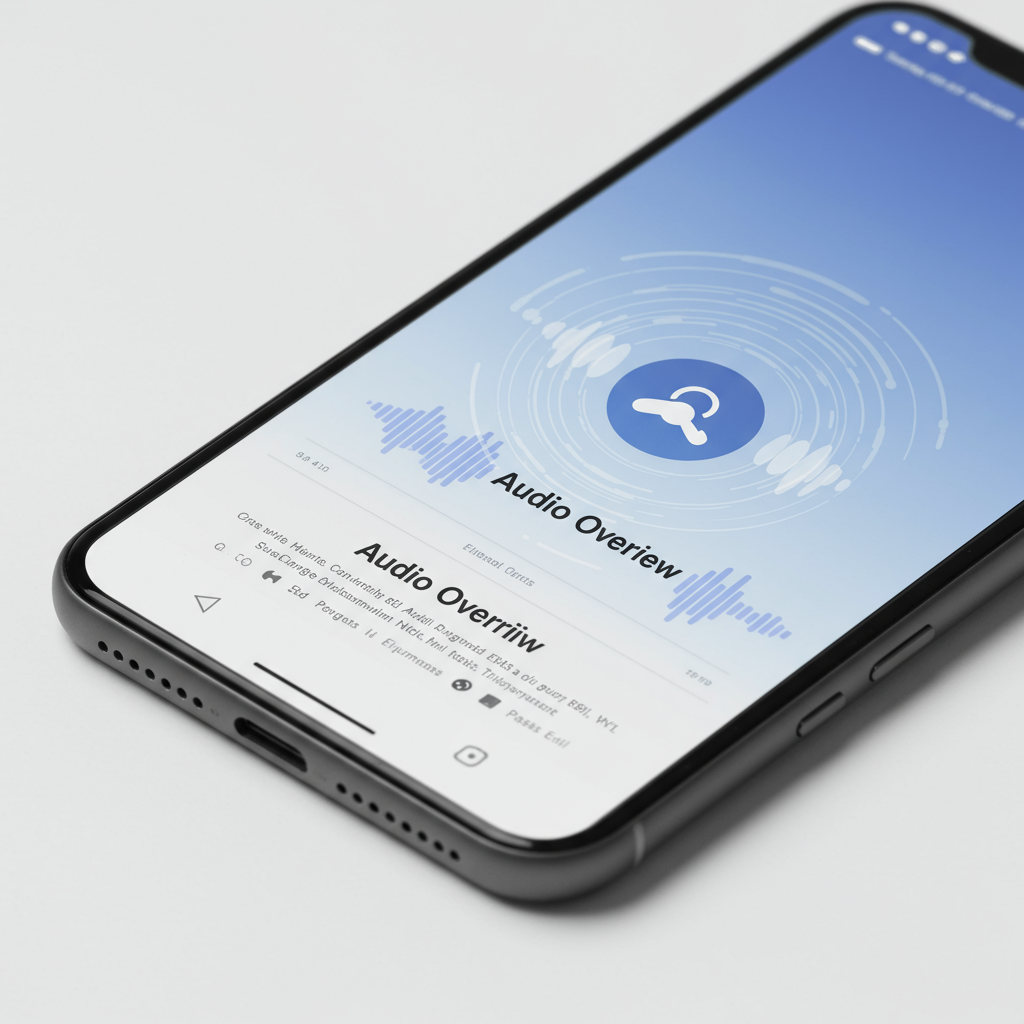Feeling overwhelmed by a constantly pinging email inbox on your android phone? You’re not alone. Many of us face a daily flood of messages, making effective inbox management a significant challenge. While you can often quickly tell which emails truly need your attention just by looking at the sender, subject line, and the first few words, the process of dealing with the rest can still feel clunky. For those emails you don’t need to action immediately but still want to acknowledge, marking them as “read” is a common way to clear your notification shade and keep your main inbox focused without deleting or archiving.
However, gmail‘s Android app has historically lacked a simple, built-in shortcut right in the notification itself to mark an email as read. You’ve typically had to open the email in the app or rely on configuring cumbersome swipe gestures within the Gmail interface to achieve this. This multi-step process, though minor for a single email, adds up when dealing with dozens or hundreds of notifications daily, hindering true inbox triage and workflow efficiency directly from your phone’s notification center. The good news is, Google appears to be testing a change that could solve this long-standing usability gap.
Gmail for Android Testing Direct “Mark as Read” Notification Button
Exciting reports indicate that Google is currently experimenting with adding a convenient “mark as read” button directly within Gmail notifications on Android. This potential update aims to streamline the process of handling incoming emails, allowing users to quickly dismiss non-urgent alerts without needing to fully launch the Gmail application. The feature has been a standard offering in many other email clients on Android, as well as Gmail’s own application on iOS, making its absence on Android a notable point of user friction for years. Its introduction would finally bring the Android version in line with capabilities already enjoyed elsewhere.
Evidence for this new functionality has surfaced recently from a small number of users. One prominent report came from X user Kurt Gomez, who shared seeing the “mark as read” option appear within their Gmail notifications. Notably, this button only appeared for one of their linked accounts, even though they confirmed they were running the absolute latest version of the Gmail app for Android, specifically version 2025.06.15. This account-specific appearance suggests that Google is not pushing this out widely yet.
Limited Rollout Suggests A/B Testing
The scarcity of user reports beyond a couple of initial sightings, including one from another X user named Gilroy (though without screenshots or app version details), strongly indicates that Google is conducting a limited A/B test. This common practice allows companies like Google to roll out new features to a small subset of users to gather data on engagement, usability, and potential issues before committing to a broader release. While frustrating for users who don’t yet have the feature, it’s a standard part of the software development lifecycle.
Despite the limited rollout, the anticipated positive impact of this feature on user productivity is significant. The ability to quickly mark emails as read directly from the notification shade based on a quick glance at the sender and subject line can dramatically speed up the process of clearing your notifications and visually sorting your inbox. It allows users to maintain focus on their current task without being pulled entirely into the email app for every single message. This kind of efficiency gain is particularly valuable for anyone managing a high volume of daily email traffic.
Existing Workarounds and Comparisons
For Android users who frequently mark emails as read without opening them and who don’t currently have access to this new button test, the existing methods remain the only official options within the Gmail app. These include:
Opening the Email: Tapping the notification or the email in the inbox opens the message, automatically marking it as read (unless settings are changed).
Swipe Gestures: Users can configure swipe actions in Gmail settings to perform actions like marking as read, archiving, or deleting with a simple left or right swipe on an email in the inbox view. This method requires being inside the app’s main inbox list.
Compared to other email applications available for Android, Gmail’s previous lack of a “mark as read” notification shortcut was a disadvantage. Clients like Microsoft Outlook, and even third-party options often offer customizable notification actions, allowing users more control over email triage directly from the notification shade. The potential addition of this button closes a gap and brings Gmail’s Android client closer to par with the convenience offered by competitors and its own iOS counterpart.
The Importance of Quality-of-Life Features
While Google frequently highlights major new features, often powered by AI, many users find that smaller, practical “quality-of-life” improvements like this notification button have a more direct and positive impact on their daily workflow. Features that simplify routine tasks, reduce clicks, and improve basic usability can significantly enhance the overall user experience. The hope among many users is that Google will continue to prioritize implementing such fundamental yet highly requested features, alongside more complex AI integrations. Further desired improvements often include more robust mobile options for managing filters and labels, tasks that currently might require desktop access.
If you happen to be one of the users included in this limited A/B test and see the new “mark as read” button in your Gmail notifications on Android, it’s a sign that this highly requested feature is getting closer to a wider release. For now, most users will need to rely on existing methods or third-party workarounds until Google decides to roll out the button more broadly. The appearance of this test, however small, is a promising step towards a more efficient and user-friendly Gmail experience on Android.
Frequently Asked Questions
What is the new “mark as read” button feature being tested in Gmail for Android?
Google is reportedly testing a new button that appears directly on Gmail email notifications on Android devices. This button allows users to quickly mark an email as read right from the notification shade without needing to open the full Gmail app. It’s a small but significant change designed to improve email triage and productivity.
How can I check if I have the new “mark as read” button in my Gmail notifications on Android?
The feature is currently in a limited A/B testing phase, rolling out to a small subset of users on an account-by-account basis. Even if you are running the latest version of the Gmail app (like 2025.06.15), you may not see the button. The only way to check is to receive a new email notification and see if the “Mark as Read” option appears alongside other actions like “Reply” or “Archive/Delete”.
Why is adding a “mark as read” button to Gmail notifications on Android considered a significant improvement?
Currently, marking a Gmail email as read from an Android notification requires either opening the email or having pre-configured swipe gestures enabled in the app’s inbox view. Adding a dedicated button in the notification shade provides a much quicker and more intuitive way to acknowledge emails that don’t require immediate action, helping users clear notifications faster, keep their inbox uncluttered, and maintain focus on other tasks without being fully pulled into the email application.
The potential arrival of a direct “mark as read” button in Gmail notifications on Android is a small change with a big impact on daily productivity. By allowing users to quickly clear non-urgent messages right from the notification shade, Google is addressing a long-standing usability gap that has existed compared to other email clients and Gmail’s own iOS version. While currently limited to a small test group, the appearance of this feature is a hopeful sign that Google is listening to user needs for basic, impactful quality-of-life improvements. We anticipate that a wider rollout will be welcomed by many Android users seeking a more efficient way to manage their busy inboxes.



